Art the Dragon Manifest: Delve into the captivating world where artistic expression intertwines with the mythical power of dragons. From ancient cave paintings to modern digital art, dragons have captivated human imagination for millennia, embodying diverse symbolic meanings across cultures. This exploration unravels the multifaceted nature of dragon imagery in art, examining its evolution, cultural significance, and enduring power as a metaphor for transformation, chaos, and ultimate power.
We’ll dissect artistic techniques, analyze symbolic representations, and explore the very act of creation as a form of manifestation itself.
Prepare to journey through a rich tapestry of artistic styles, from the realism of Renaissance paintings to the surreal landscapes of contemporary works. We’ll examine how color, texture, and form contribute to the unique character of each dragon portrayal, revealing the artist’s intent and the cultural context that shaped their vision. This isn’t just about looking at pretty pictures; it’s about understanding the deeper meaning embedded within each scaled wing and fiery breath.
Art the Dragon Manifest: A Deep Dive into the Symbolism and Artistic Representations of Dragons
The phrase “Art the Dragon Manifest” evokes a powerful image: the embodiment of dragon symbolism through artistic expression. This exploration delves into the multifaceted meanings of this concept, examining how dragons have been depicted across cultures and artistic styles, their symbolic significance, and their enduring impact on art and popular culture. We will analyze artistic representations, explore the dragon as a metaphor, discuss the manifestation aspect of dragon art, and finally, consider the cultural impact of this powerful imagery.
Understanding “Art the Dragon Manifest” as a Concept
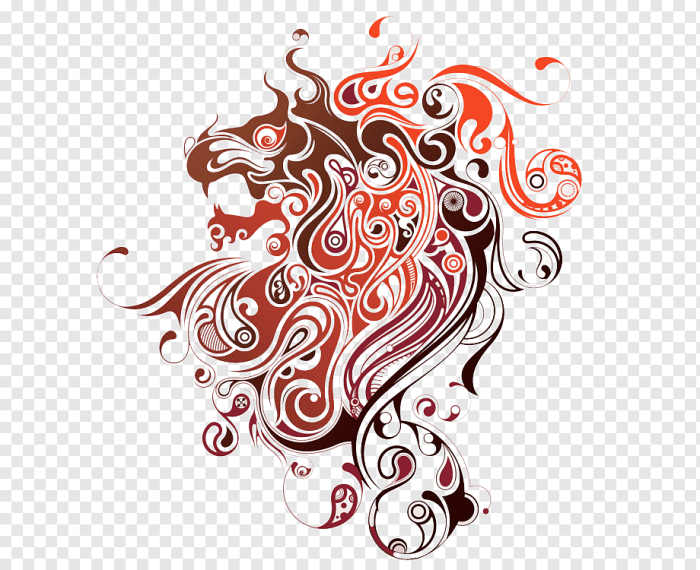
The phrase “Art the Dragon Manifest” suggests a creative process where the artist’s vision of a dragon, laden with symbolic meaning, takes tangible form. It encompasses the artist’s interpretation of the dragon’s mythology, their choice of artistic style, and the emotional resonance they aim to convey. This interpretation can vary dramatically depending on cultural context and individual artistic vision.
Dragon Imagery Across Cultures
Dragons hold diverse symbolic meanings across various cultures. In Western traditions, dragons are often portrayed as fearsome beasts, embodying chaos and destruction, while in Eastern cultures, they are frequently associated with power, wisdom, and good fortune. These differing interpretations directly influence their artistic representations.
- Western Dragons: Often depicted as serpentine creatures with wings, breathing fire, and associated with evil or greed. Examples include the dragons in European fairytales and the iconic Smaug from The Hobbit.
- Eastern Dragons: Typically depicted as serpentine or elongated creatures with four legs, often associated with water, prosperity, and celestial power. Examples include the Chinese dragon, often depicted with scales and whiskers, and the Japanese Ryū, sometimes depicted with a pearl.
Analyzing Artistic Representations of Dragons
The artistic portrayal of dragons varies significantly depending on the chosen style and the artist’s intent. Realism aims for accurate anatomical detail, surrealism blends reality with fantasy, and abstract art focuses on conveying emotion and concept rather than literal representation.
Visual Representation of “Art the Dragon Manifest”
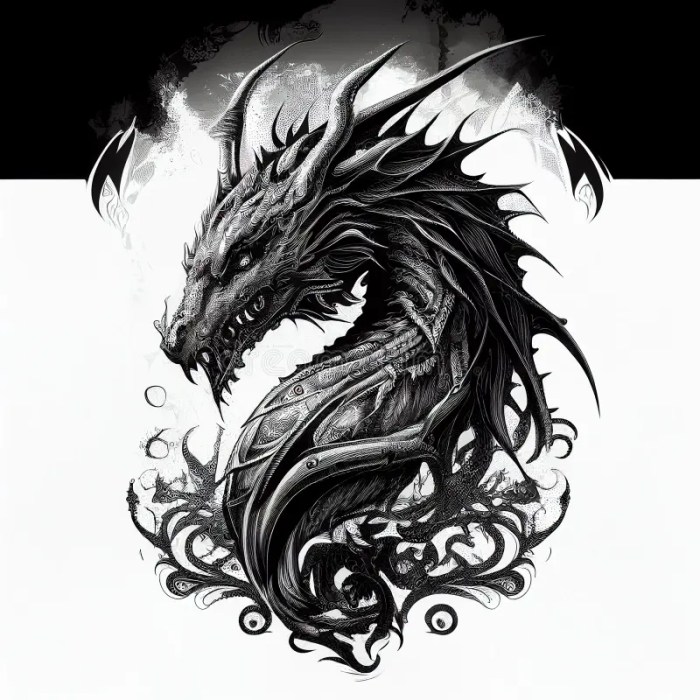
My interpretation of “Art the Dragon Manifest” would be a dragon depicted in a semi-realistic style. The dragon would possess powerful, muscular limbs, sharp claws, and intricate scales rendered with detailed shading and highlighting. Its eyes would glow with an inner fire, conveying both intelligence and a hint of menace. The background would be abstract, using swirling colors to represent the chaos and energy inherent in the dragon’s being.
The overall effect aims to blend realistic detail with an ethereal quality, reflecting the transformative power of art.
| Artistic Style | Description | Example | Color Palette |
|---|---|---|---|
| Realism | Focuses on anatomical accuracy and detail. | A dragon meticulously rendered with accurate musculature and scales, showing realistic textures and lighting. | Earthy tones, muted greens, browns, and greys. |
| Surrealism | Blends reality with fantasy, often featuring dreamlike or illogical elements. | A dragon with impossible anatomy, perhaps with clockwork parts or flowing, dreamlike landscapes within its scales. | Vibrant, contrasting colors, unexpected combinations. |
| Abstract | Focuses on form, color, and texture to evoke emotion and concept, rather than literal representation. | A dragon represented by a series of swirling lines and colors, suggesting movement and power without clear anatomical detail. | Bold, expressive colors, perhaps limited to a few key hues. |
The Use of Color, Texture, and Form in Dragon Art
Color, texture, and form are crucial elements in conveying the dragon’s personality and symbolic meaning. Fiery reds and oranges might represent power and destruction, while cool blues and greens could suggest wisdom and serenity. Rough, scaly textures can emphasize the creature’s ferocity, while smooth, iridescent scales might convey a sense of magic or elegance. The dragon’s form itself – its posture, size, and features – can communicate its character and intentions.
Recurring Motifs and Symbols in Dragon Art
Common motifs include the dragon’s hoard (representing greed or wealth), the pearl (representing wisdom or spiritual enlightenment), and the entwined dragons (symbolizing balance or opposing forces). These motifs, often culturally specific, enhance the narrative and symbolic weight of the artwork.
The Dragon as a Metaphor in Art
Dragons frequently serve as potent metaphors in art, representing diverse concepts and ideologies. Their symbolic meaning shifts depending on cultural context and the artist’s intention.
Dragons as Metaphors for Power, Chaos, and Transformation
In many cultures, dragons symbolize immense power, both destructive and creative. Their association with chaos reflects their unpredictable nature and ability to disrupt the established order. Simultaneously, their capacity for metamorphosis and rebirth links them to transformative processes and cyclical change.
Artworks Using Dragons as Central Symbols
- The Book of Kells (Celtic Art): Dragons appear interwoven within intricate patterns, symbolizing the intertwining of the earthly and spiritual realms.
- Japanese Dragon Paintings (Ukiyo-e): Often depict dragons in dynamic poses, embodying power and good fortune, frequently associated with water and rain.
- European Medieval Tapestries: Dragons often represent the forces of evil that need to be overcome by heroic figures.
Evolution of Dragon Portrayals, Art the dragon manifest
The portrayal of dragons has evolved significantly across different eras and cultures. Early depictions often emphasized their monstrous nature, while later representations began to incorporate more nuanced symbolic meanings, reflecting changing societal values and beliefs.
The “Manifestation” Aspect of Dragon Art
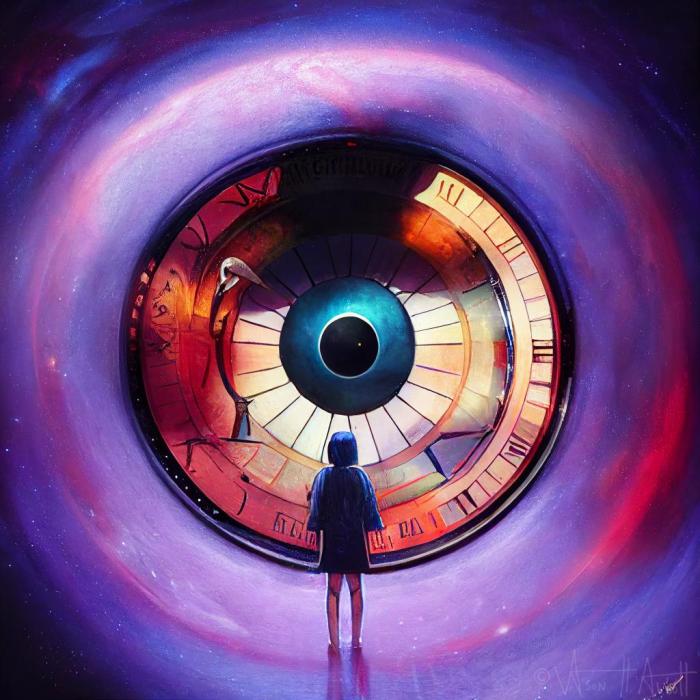
The creative process of bringing a dragon to life through art can be seen as a form of manifestation, a tangible expression of the artist’s inner vision. This section explores how artists utilize dragon imagery to express personal beliefs and experiences, detailing the creative journey from concept to completion.
Artistic Manifestation Through Dragon Imagery
Artists often use dragon-themed art to explore personal themes of power, vulnerability, transformation, or overcoming adversity. The dragon becomes a vehicle for expressing complex emotions and ideas.
Examples of Artists Using Dragon Imagery
Many contemporary artists use dragons to express their unique perspectives. Some may focus on the dragon’s physical beauty, others on its symbolic significance, and still others on the emotional resonance it evokes. Their works often reflect personal struggles, triumphs, or spiritual journeys.
Creating Dragon Art: A Step-by-Step Guide

- Concept Development: Define the dragon’s personality, role, and symbolic meaning.
- Sketching and Design: Create preliminary sketches, experimenting with different poses, features, and proportions.
- Refining the Design: Refine the sketches, adding details and focusing on anatomical accuracy or stylistic choices.
- Color Palette Selection: Choose colors that reflect the dragon’s personality and symbolic meaning.
- Final Artwork Creation: Execute the final artwork using the chosen medium, paying attention to details, texture, and composition.
Art and the Dragon’s Cultural Impact
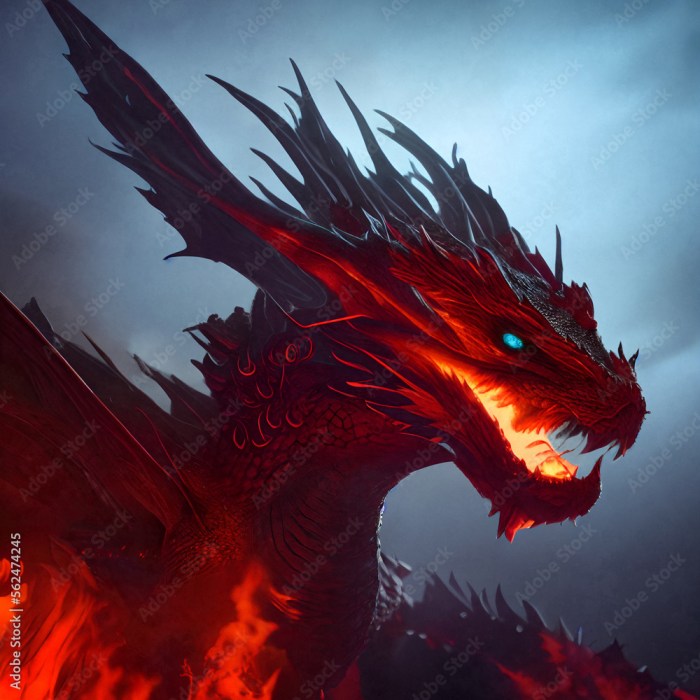
Dragon imagery in art has profoundly impacted popular culture, influencing other creative fields and shaping our collective understanding of these mythical creatures. This section explores the cultural impact of dragon art, examining its evolution across cultures and its enduring relevance in modern society.
Dragon Imagery in Popular Culture
Dragons have become iconic figures in film, literature, video games, and other media, often embodying themes of heroism, adventure, and fantasy. Their enduring popularity reflects their powerful symbolism and capacity to inspire imagination.
Eastern vs. Western Dragon Portrayals
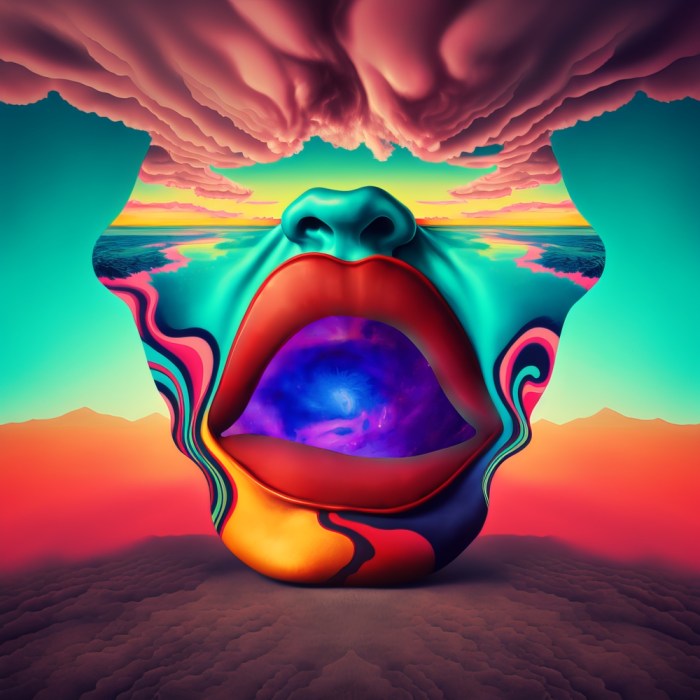
The depiction of dragons differs significantly between Eastern and Western art. Eastern dragons are often benevolent and associated with good fortune, while Western dragons are frequently portrayed as menacing and destructive forces. These differences reflect the distinct cultural values and beliefs surrounding these creatures.
Dragons in Contemporary Art
Dragons continue to hold relevance in contemporary art, often serving as metaphors for environmental concerns, technological advancements, or societal anxieties. Their evolving symbolism reflects the changing landscape of human experience.
Cultural and Personal Interpretations
The interpretation of dragon imagery in art is subjective and influenced by cultural background, personal experiences, and individual artistic vision. The same dragon can evoke vastly different emotions and meanings depending on the viewer’s perspective.
Final Summary: Art The Dragon Manifest
Ultimately, “Art the Dragon Manifest” reveals more than just a collection of dragon depictions; it’s a testament to the enduring power of mythology and the human drive to create. From ancient symbols to modern interpretations, the dragon continues to inspire, challenge, and captivate artists across time and cultures. The act of manifesting the dragon through art becomes a powerful reflection of our own hopes, fears, and aspirations, a vibrant conversation between the artist and the viewer that transcends time and cultural boundaries.
The dragon’s legacy lives on, not just in legend, but in the vibrant strokes of paint and digital pixels that bring these magnificent creatures to life.
Questions and Answers
What are some common misconceptions about dragon art?
A common misconception is that all dragon art is uniformly “fantasy.” While fantasy art is a significant genre, dragon imagery spans many artistic styles and cultural contexts, including realism, surrealism, and abstract art.
How has the portrayal of dragons changed over time?
Dragon depictions have evolved significantly. Early representations often focused on symbolic meaning related to weather, chaos, or power. Later portrayals incorporated more narrative elements, with dragons playing specific roles in myths and legends. Modern interpretations often blend these elements with personal artistic expression.
Are there specific techniques for creating realistic dragon art?
Realistic dragon art benefits from a strong understanding of anatomy, both reptilian and mammalian. Artists often use references from various animals to create believable musculature, scales, and movement. Detailed studies of light and shadow are also crucial for creating depth and realism.
What are some ethical considerations when depicting dragons in art?
Ethical considerations can arise when using dragon imagery associated with specific cultures or religions. Respectful research and representation are crucial to avoid cultural appropriation or misrepresentation. Sensitivity to potential negative connotations is also important.